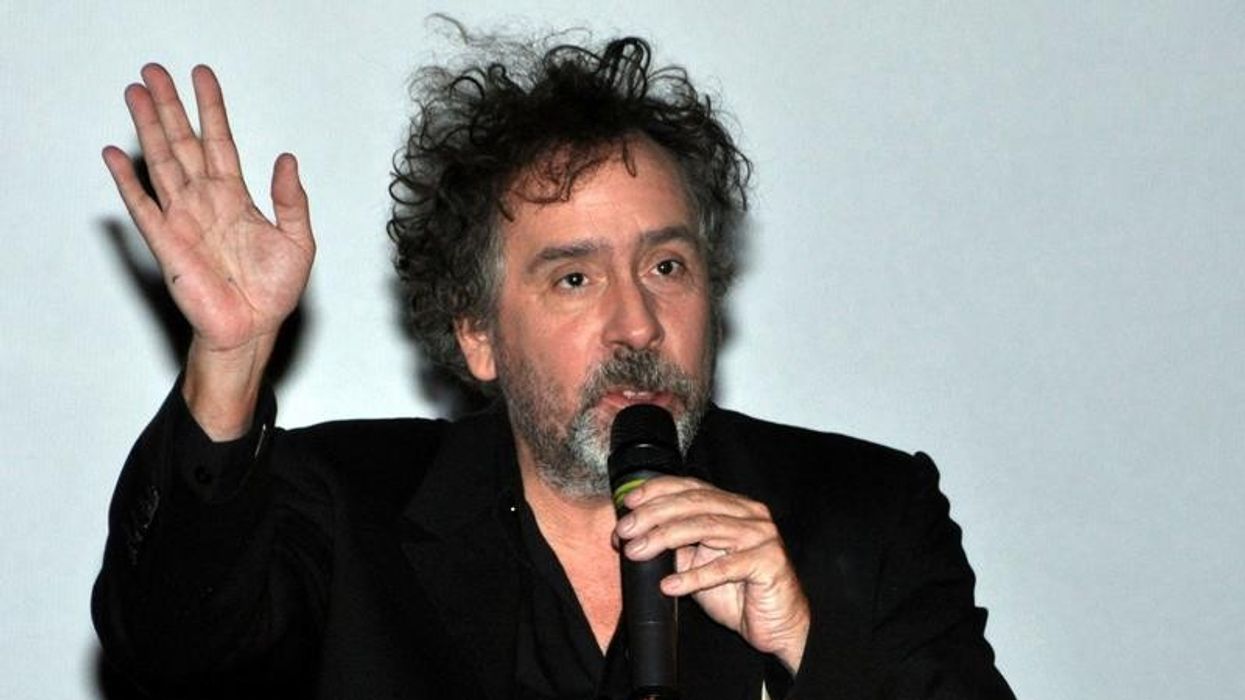Transform Your Locations by Using These Digital (& Non-Digital) Tricks
Your film might call for a scene set in a far off location, but it's not always practical or affordable to travel there to shoot it.
Not only that, but as indie filmmakers, we usually don't have access to a lot of extras or copters for aerials, so we need to get creative in not only the way we frame up shots, but how we work with them in post. Luckily, there are plenty of techniques you can use to sell the illusion that your scene is taking place somewhere else and/or under different circumstances. Lewis McGregor of Indie Tips breaks them down in the video below:
If you think about it, a film is essentially a 2-hour long magic trick, and filmmakers are the magicians. You're working to sell an illusion of reality, whether it's adding gels to your lights to imitate moonlight during the day or standing Tom Cruise on apple boxes so he appears taller than his romantic interest.
There are so many little slights of hand that filmmakers have used for decades to trick audiences, but in terms of selling a location, McGregor mentions three that will really help you (and save you money):
- Add a soundtrack
- Use the location's distinctive color palette
- Use stock footage
In my opinion, the first technique he highlights is one of the more important ones to remember and practice. Since we work in a visual medium it's easy to forget just how important sound is, but it plays a humongous role in this illusion. As McGregor demonstrates, a scene without a soundtrack versus a scene with one is a completely different animal. Without one the scene feels empty, boring, and meandering -- probably because the audience isn't being given much information to process: "Ah, I hear light chatter and silverware clinking. This fellow must be in a crowded restaurant -- a snazzy one, because light jazz is playing in the background," vs. "Um -- why is this guy sitting in an empty restaurant? Did I mute the movie!? Is there something wrong with my speakers!?"
It just goes to show that you don't need a ton of money to shoot a film set somewhere you can't access. You just need to know a few magic tricks.
Source: Indie Tips











